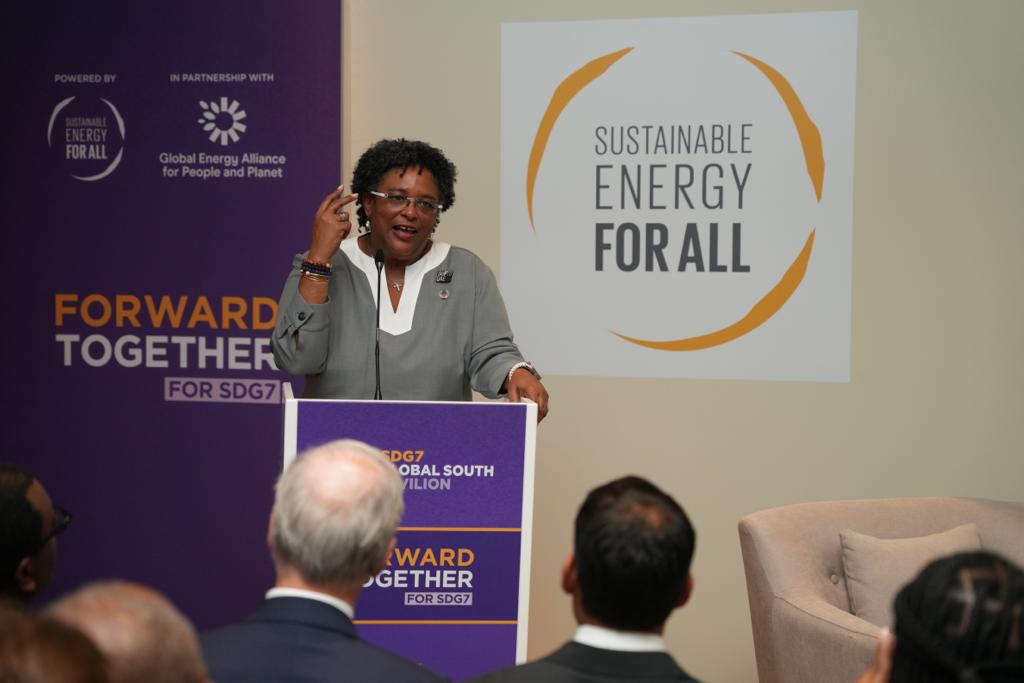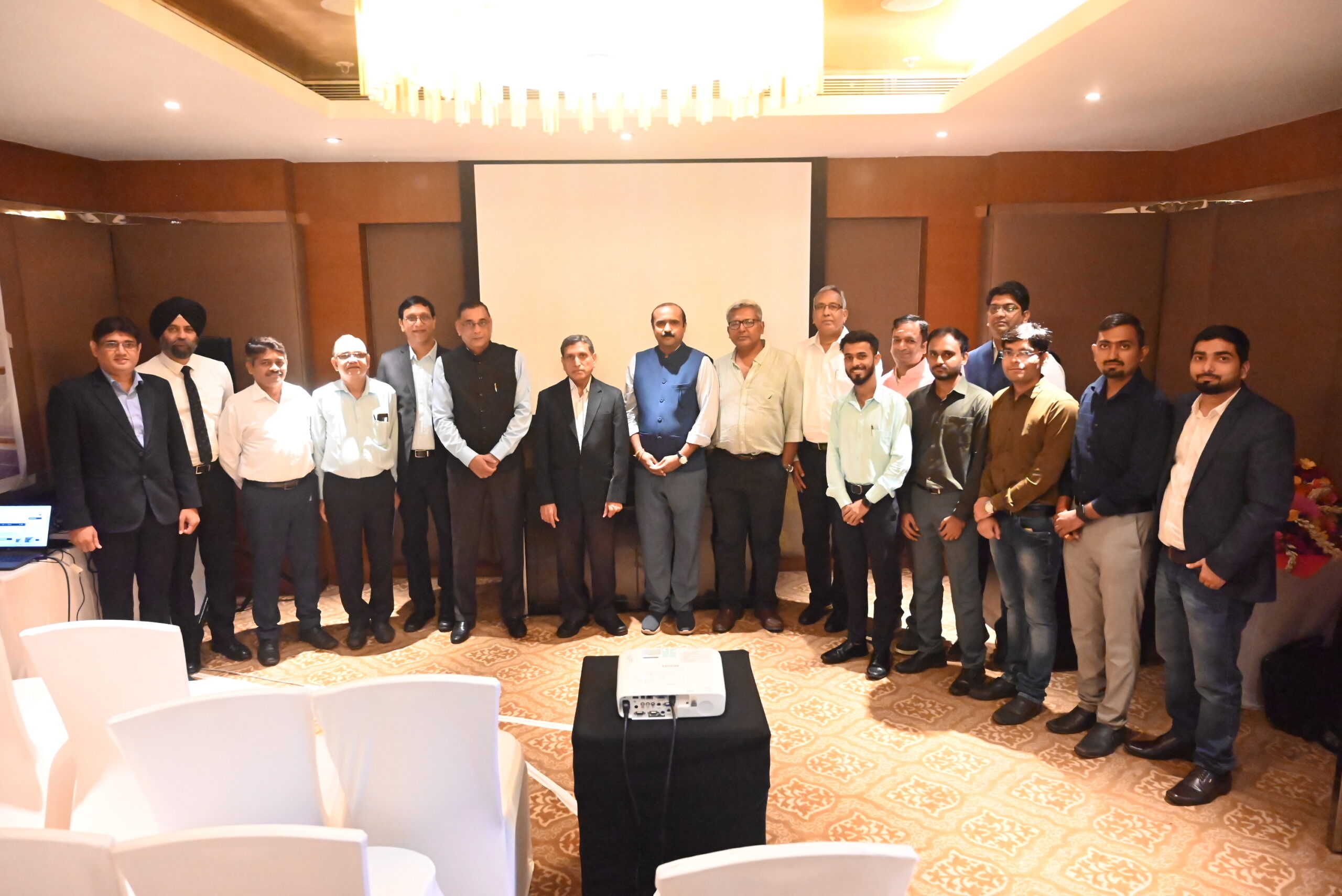This op-ed was first published on ET EnergyWorld.
India’s expected demand for advanced batteries till 2030 is about 1100 GWh across different use cases, in line with its commitment of having 40% of electricity demand met by RE and almost 30% of the vehicle of 4-5 Giga-scale factories by 2025, would go a long way in India achieving this ambition. While there has been a surge in demand for EVs in the last year, with sales crossing 1m across all classes of vehicles (2W and 3W being 95% of it), innovative policy and regulatory instruments for stationary energy storage could catalyze much larger demand for batteries that will fast track the manufacturing investments and realize the vision of India not just being Aatmanirbhar but also producing for the world. It will also ease the integration of renewables in the grid at a much faster pace that is required to achieve the 500GW target for 2030 (from the current installed base of a little under 200 GW).
The challenge with batteries globally has been the cost of storage – at current price levels, the levelized cost of storage in India is around Rs. 7- 8 per unit (at a volume of 50 MWh – lower capacities will have a higher cost). The price reduction is also not on the lines that were expected with volatilities due to COVID and Russia-Ukraine war. Therefore, using batteries only for storage will not be viable in India for some time to come. There is a way out, which is unlocking revenue streams on batteries to do several things by using an innovative regulatory architecture that makes commercial investments viable. For simplicity, batteries can do grid balancing, energy arbitrage, EV charging and frequency control in a defined period of time. All these are technically well established but do not have the requisite regulatory architecture to unlock value.
Grid balancing requirement is expected to grow significantly in India as the RE penetration increases – global experience indicates the need for a separate balancing market is required when RE penetration closes in 20% of the total energy in the grid. India currently stands at 12%, and if we had achieved the 175 GW RE target by 2022, we would have been very close. Given the intermittent nature of RE and the fact that a forecasting error of 2-3% is not unusual, with RE capacity reaching 400- 500 GW in the next few years, the magnitude of the error could be about 10 GW. This cannot be managed with the current technical and regulatory environment, as we all witnessed on 5th April 2020 at the start of the COVID lockdown and the clarion call by the Hon’ble Prime Minister to switch off lights at 9 pm on that day for 9 minutes (#9baje9minute). It was the deft handling of the sudden volatility of the power load as a result of switching off and on lights at 9 pm and 9:09 pm. The POSOCO report outlined the grid balancing strategy. The load reduction was planned in a phased manner a few minutes before 9 pm by reducing generation from thermal, gas and hydro generation by about 11 GW. Hydropower stations were ramped up from 9:10 pm, and about 17.5 GW from these plants was used to meet the sudden rebound of demand. In a nutshell, the unique characteristic of hydropower to instantaneously ramp up and down was the key to balancing the grid. The only other resource that has such a trait is battery storage. With 500 GW of RE in the grid and the complexities and lead times associated with hydro, acting fast on enabling batteries to perform balancing is now as there will not be an advanced warning for another #9baje9minute event. Enabling regulations could create the first revenue stream on battery systems while also enabling more RE integration. Usually, balancing requirements are for 30 m in the morning and evening. For instance, the peak power demand in Delhi is close to 8 GW while the off-peak is 5 GW. If batteries can reduce the peak demand by 1 GW, the power procurement cost will reduce 12%, and a part of the savings can be used to provide another revenue stream to batteries. Yet again, given the fact that Utilities are regulated businesses, monetization of this value stream requires regulatory architecture and, thereafter, procurement by Utilities of batteries. The next two candidates are EV charging and frequency control, the latter is needed to avoid penalties levied by grid operators when there is a mismatch in demand-supply leading to over or under draw from the schedule. Needless to add, while the policy and regulatory regime for EV charging has been put in place, monetization of frequency control is still not. If the three revenue streams are unlocked, and for the sake of simplicity, each revenue stream contributes Rs 2 per unit each, the cost of battery storage comes down to Rs 2 per unit, which is very affordable. One does not need to wait for prices to fall before scaling this up. This could be a model that India will lead the world.
India needs to fast-track innovative regulations that will unlock the value streams on batteries and would, provide much-needed balancing support to the grid, and will lead to much higher levels of RE integration. This would have a positive impact on demand for RE which is needed to achieve the ambitious targets that have been set. These regulations will enable Utilities to procure more batteries as they would become affordable, which will increase demand and therefore investments in manufacturing.




